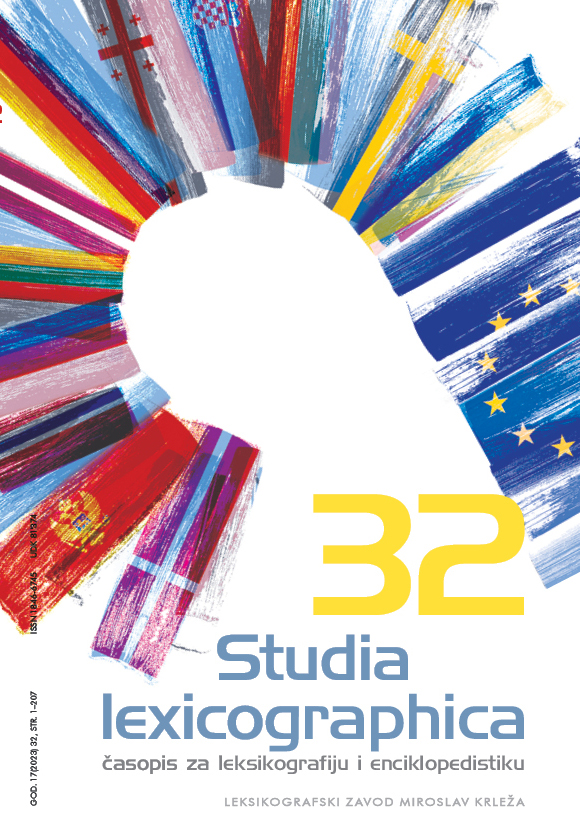Glavač’s map of Croatia from 1673: Its toponyms, geographical content, and historical-geographical context
DOI:
https://doi.org/10.33604/sl.17.32.2Keywords:
Stjepan Glavač, Map of Croatia, 1673, toponyms, Vlachs, Ottoman invasionsAbstract
This year marks the 350th anniversary of the publication of the map of Croatia by Stjepan Glavač from 1673, so this is the right moment when it is important not only to remind the public of the first map of Croatia that was created by a Croatian cartographer (and was of exceptional quality), but also to present what is currently known about it and make a new contribution to this body of knowledge. For a long time, the information known about Glavač’s map was derived from what is written in its title and exhaustive Dedication. One of the reasons for this could be the fact that it was not available to the public because only one copy of it has been preserved during these 350 years. Despite this, numerous works about it have been published over the last 30 years. This article covers the research achievements of various authors who dealt with Glavač’s map (priests, surveyors, geographers, historians), but the emphasis is on presenting a new layer of knowledge primarily related to toponyms, the map’s geographic content, and the historical-geographical context of its origin. A detailed analysis of toponyms was carried out through research of the map, in such way that toponyms were first classified according to category (oronyms, hydronyms, pedonyms, and oikonyms), and then their present-day meanings were added. In addition to toponymic diversity, the analysis of the meanings of toponyms and geographical features showed, depending on their categorisation, the distribution of geographical and social features in space, whose further analysis could then add meaning and context. A comparative study of the toponyms on Glavač’s map and Mercator’s map from 1630 (to which Glavač probably refers in the Dedication) showed how much of an advantage it is when a map is made by an author who is well-acquainted with the area he is depicting, because he shows it more accurately and with many more geographical features. The research also showed how the frequent Ottoman incursions affected the distribution of the population and migration flows at the time. In this area, Glavač’s depiction of Vlach settlements is important because, although often mentioned in historiographical sources, they were now being shown on a map for the first time. The research singled out these areas and explained their positions.
Downloads
Published
Issue
Section
License
Copyright (c) 2023 Studia lexicographica

This work is licensed under a Creative Commons Attribution 4.0 International License.
Copyright for papers published in this journal is retained by the authors, with first publication rights granted to the journal (this applies to both print and electronic issue). Papers in the journal are licensed under the Creative Commons: Attribution (CC-BY), which permits users to copy and redistribute the material in any medium or format, as well as to remix, transform and build upon material in educational and other settings, provided that the credit is given to the author and that the original work is properly cited. Complete legal background of license is available at: https://creativecommons.org/licenses/by/4.0/legalcode. It is the author’s responsibility to obtain permission to reproduce material from other sources. They also bear full responsibility in any cases of copyright infringement.
Copyright for papers published in this journal is retained by the authors, with first publication rights granted to the journal (this applies to both print and electronic issue). Papers in the journal are licensed under the Creative Commons: Attribution (CC-BY), which permits users to copy and redistribute the material in any medium or format, as well as to remix, transform and build upon material in educational and other settings, provided that the credit is given to the author and that the original work is properly cited. Complete legal background of license is available at: https://creativecommons.org/licenses/by/4.0/legalcode. It is the author’s responsibility to obtain permission to reproduce material from other sources. They also bear full responsibility in any cases of copyright infringement.







